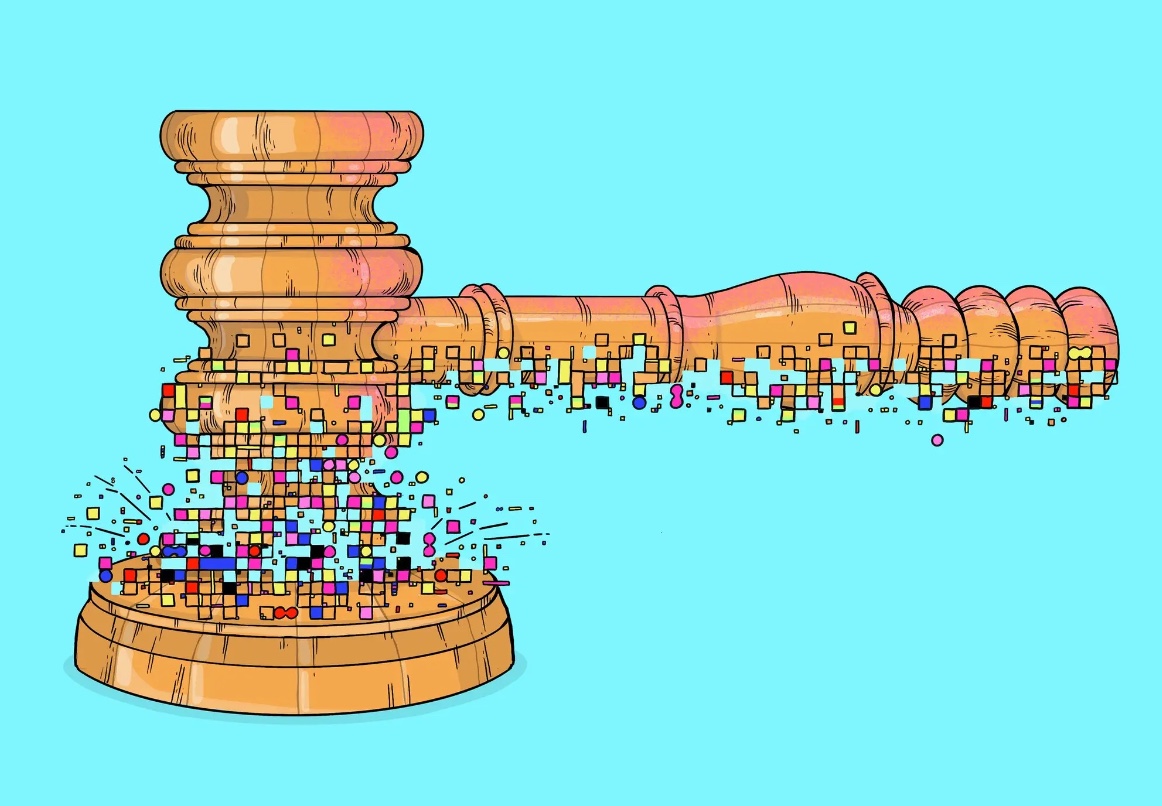Considering most of my family has studied the subject of law, I’ve always had a special interest in the subject. Discussions surrounding law have been commonplace for me, usually, I don’t have much to say in these discussions as they can be quite technical. Until recently one of the questions arose surrounding how AI could impact the practice of law.
The current way in which AI is used at the forefront of law is by having the AI assist in processing and documentation of a wide range of matters like due diligence, document and contract review, etc. It can help improve accuracy and reduce risk, it will also save time when used (Jamesju, 2023). There is also the interesting case of DoNotPay, the first real robot lawyer released in 2015 by Joshua Browder (Jeevanandam, n.d.). Since more data helps the system continuously develop the robot recently got to the point where it could defend its first human in court, a big step for the technology (Jeevanandam, n.d.).
For those who are pessimistic about the field of law, the advance of AI has been described as a tool that will end up replacing lawyers. Over a decade ago predictions were made about lawyers being the field of work most in danger with advancement in AI looming (Lohr, 2023).
But the reality of the matter is much more nuanced, the reality of the matter is that for the foreseeable future, the occupation of lawyers will be similar (Lohr, 2023). This doesn’t mean the lives of lawyers won’t be changed as AI is likely to make work more efficient and thus eliminate some jobs. Working more efficiently might also cause a shift in the business model for lawyers abandoning the dominant model of charging for hours and shifting towards a model in which lawyers charged for the work done (Lohr, 2023).
Potential problems arising from the extended use of AI in law are. The problem of potentially biased datasets, biased datasets will lead to biased decision-making by the AI A huge problem in law, hallucinations being another example (Morgan, 2023). The use of AI might also lead to a reduction in knowledge and craftsmanship among lawyers compromising the field (Morgan, 2023).
The use of AI in law won’t be a tidal wave for lawyers sweeping the entire business away altogether and causing changes in work for people working in law. It will however significantly change the manner in which lawyers have to work, having to account for potential problems with AI as they go.
References:
Jamesju. (2023, August 30). Legal AI tools: Essential for attorneys | Legal Blog. Thomson Reuters Law Blog. https://legal.thomsonreuters.com/blog/legal-ai-tools-essential-for-attorneys/
Jeevanandam, N. (n.d.). Robot lawyer: an AI-powered robot defends a human in court. INDIAai. https://indiaai.gov.in/article/robot-lawyer-an-ai-powered-robot-defends-a-human-in-court
Lohr, S. (2023, April 10). A.I. Is Coming for Lawyers, Again. The New York Times. https://www.nytimes.com/2023/04/10/technology/ai-is-coming-for-lawyers-again.html
(Morgan (2023, July 12). https://www.linkedin.com/pulse/dangers-relying-generative-ai-law-tom-morgan/

